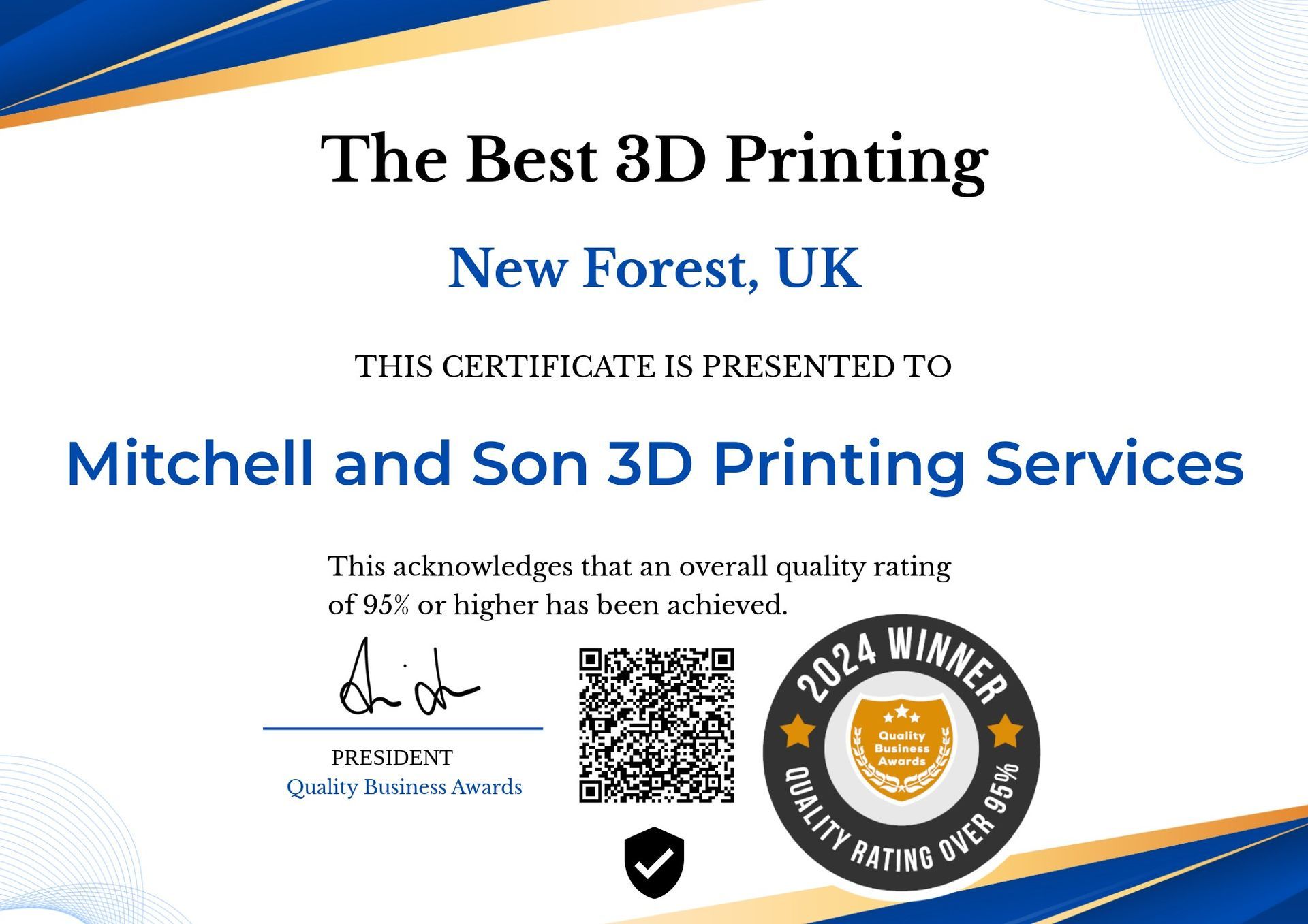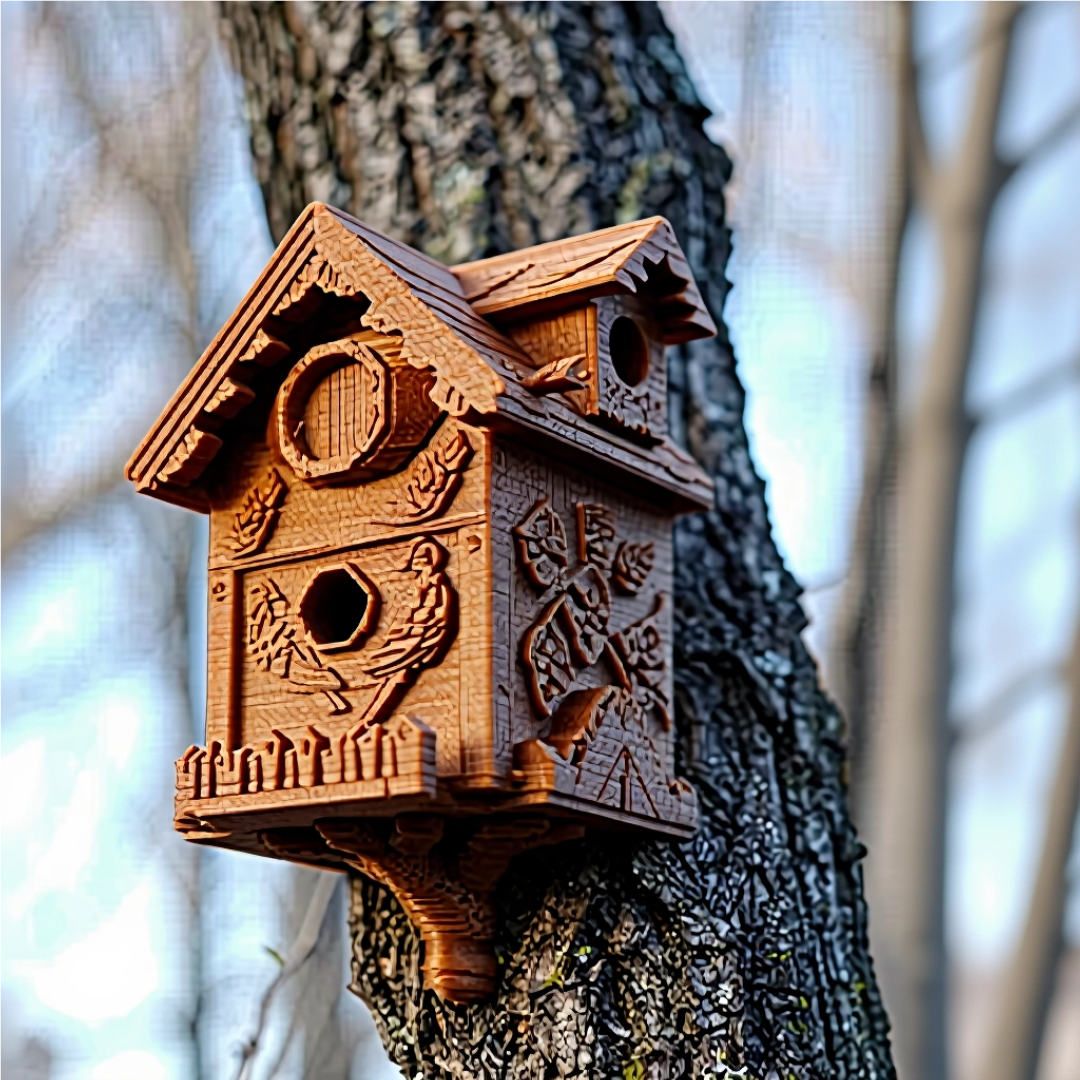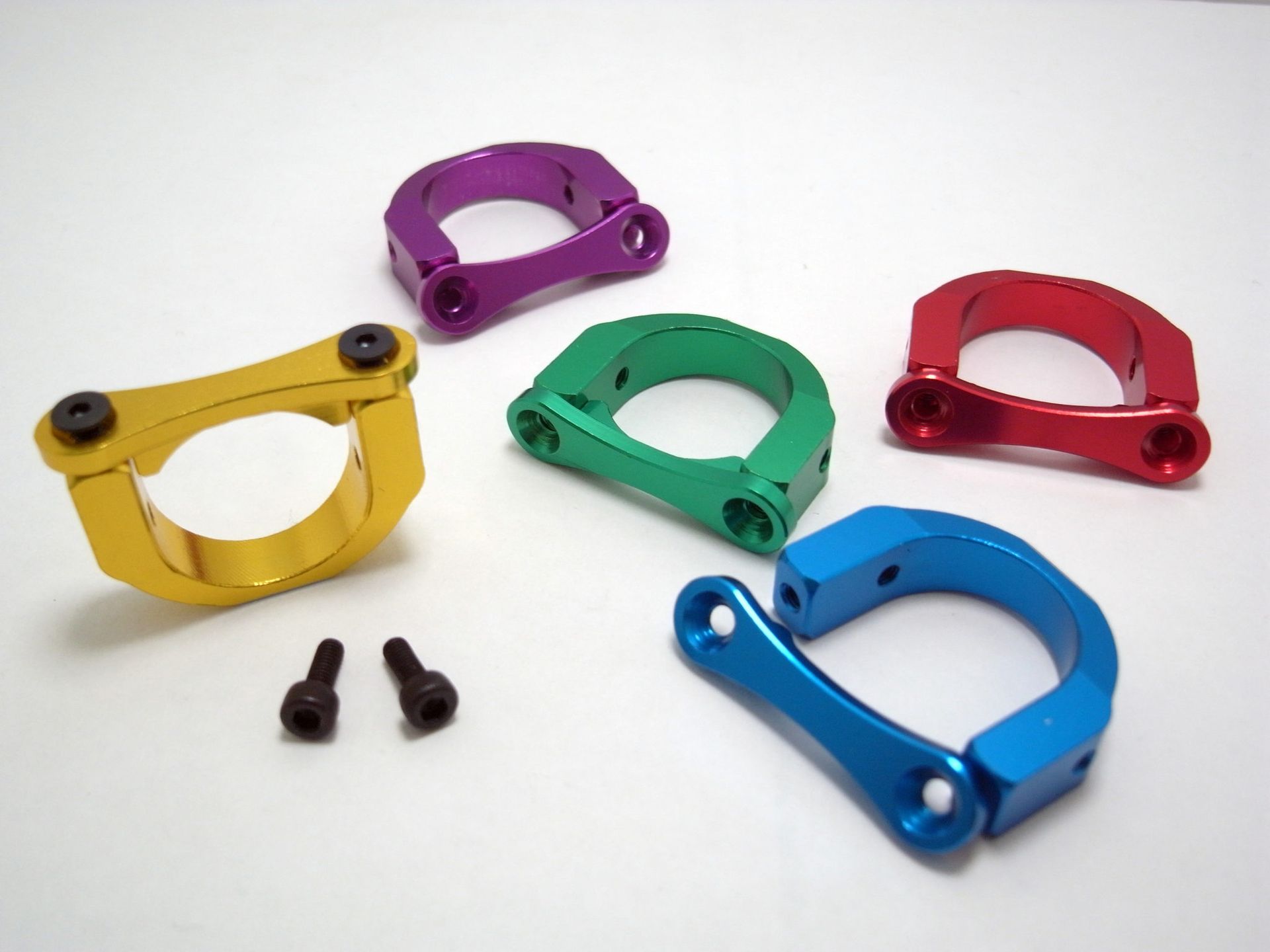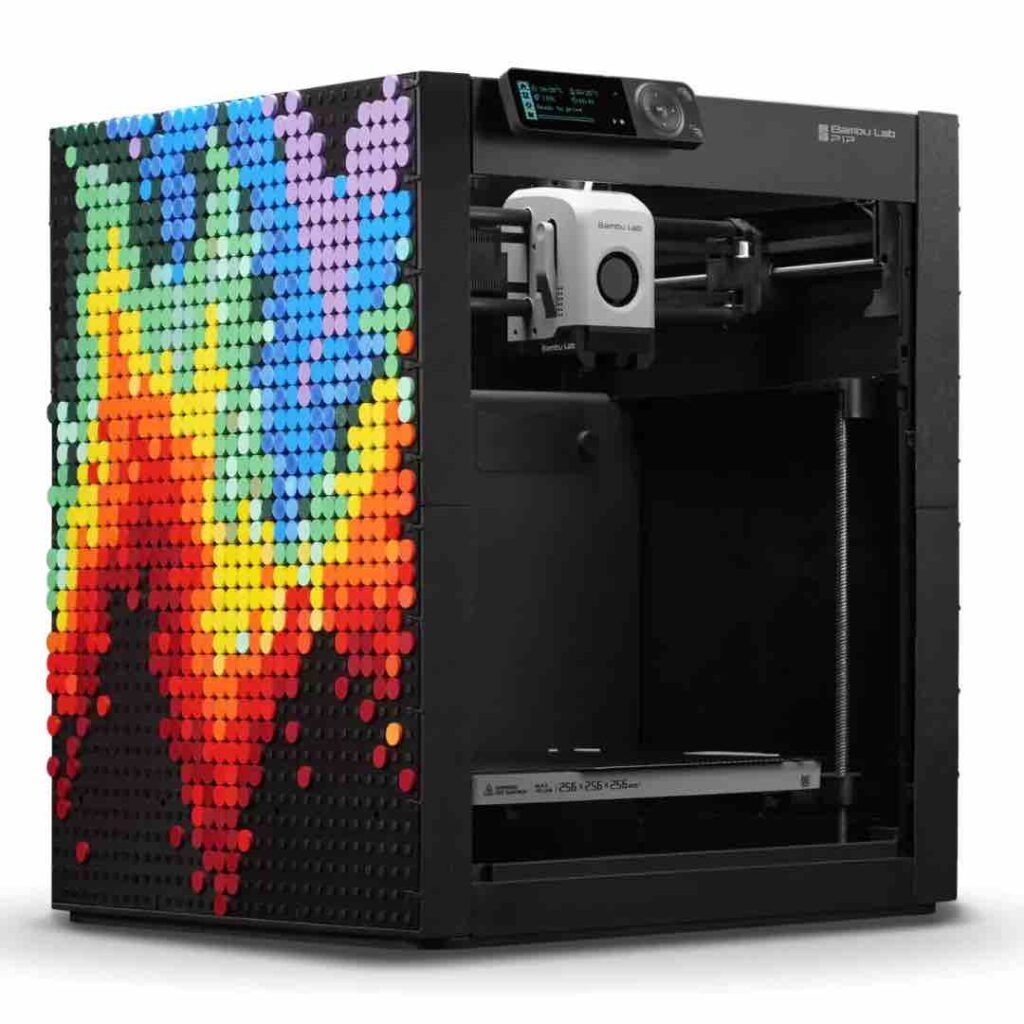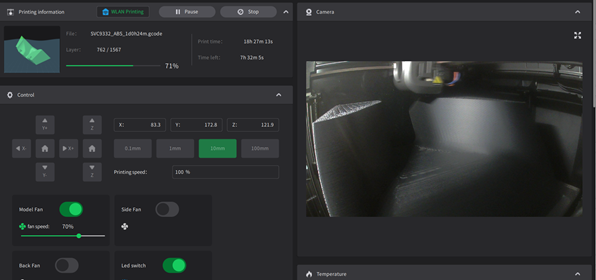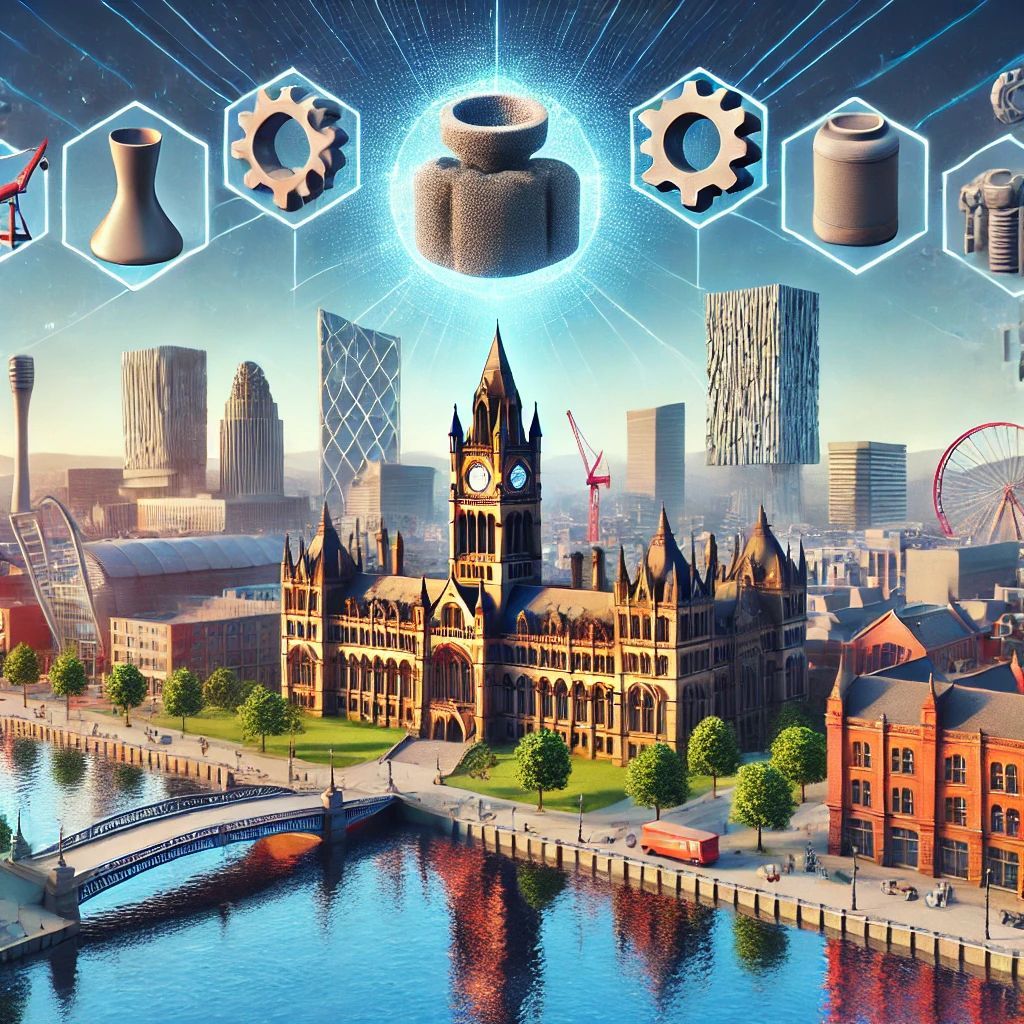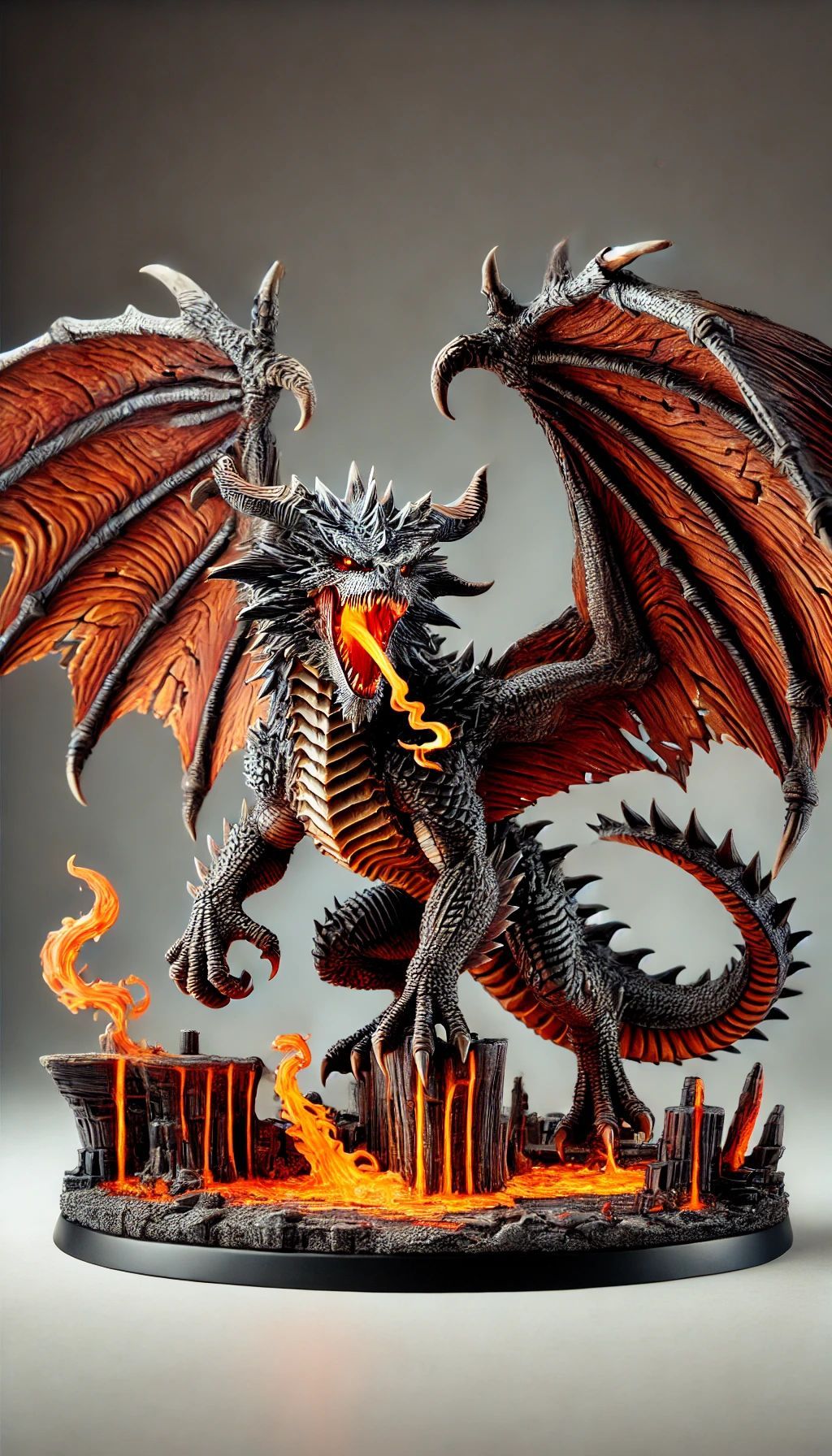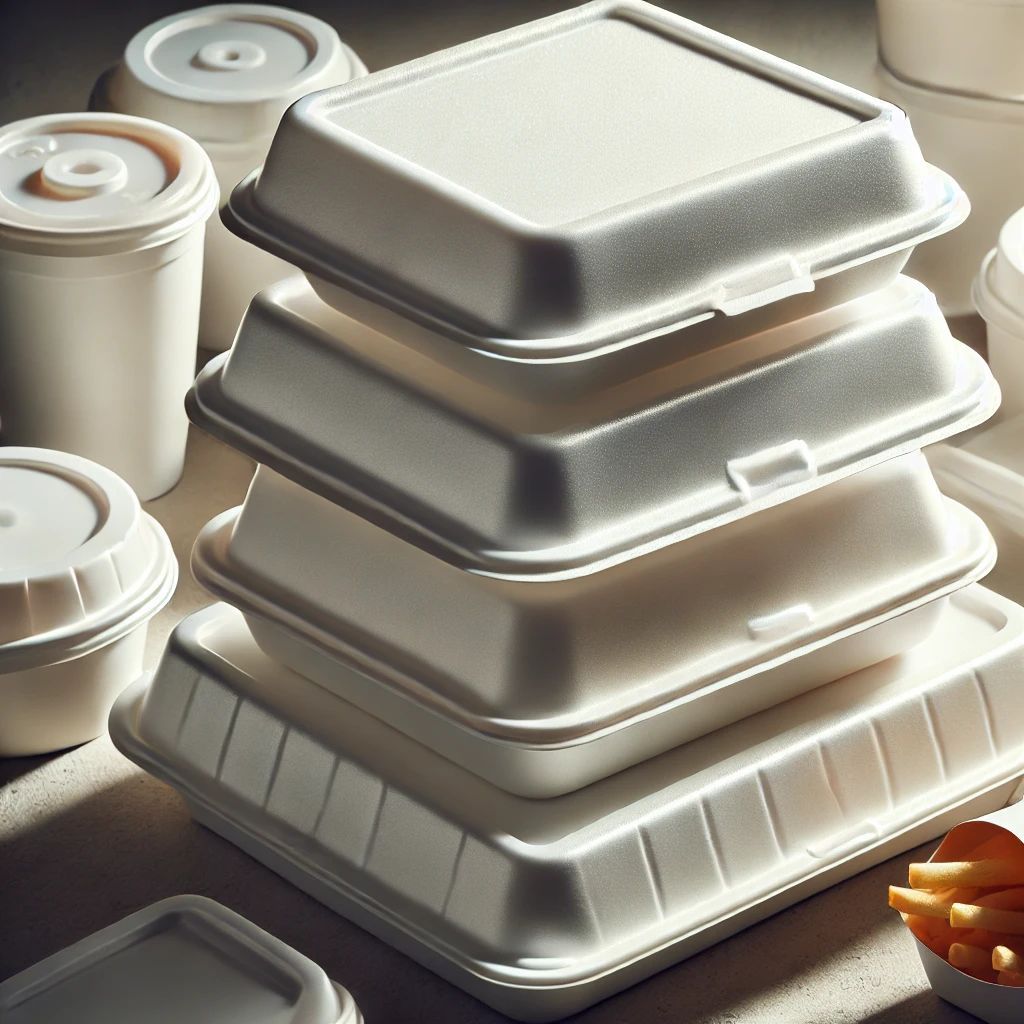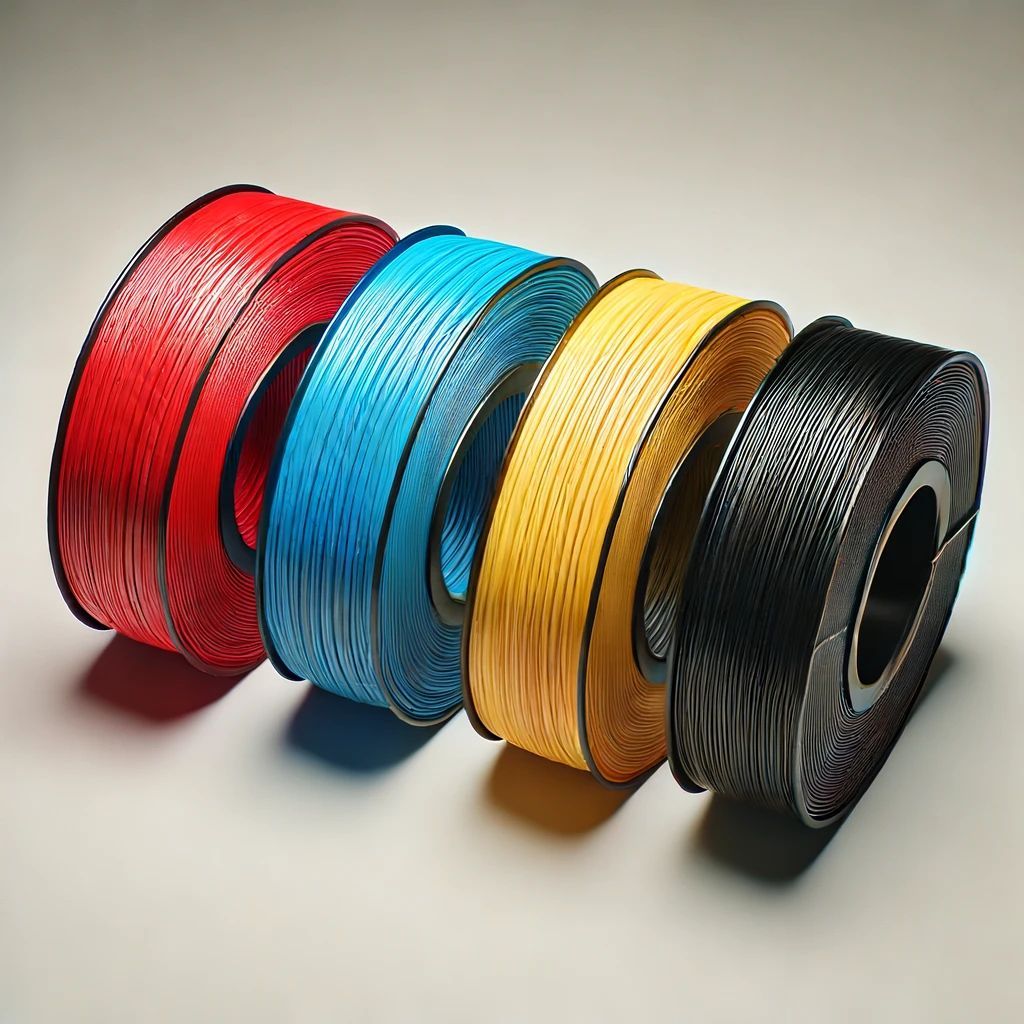The Comprehensive Guide to 3D Printing Surfaces

3D printing, a cornerstone of modern manufacturing and prototyping, relies heavily on one crucial element – the printing surface.
This comprehensive guide delves into the world of 3D printing surfaces, exploring various types, their specific applications, and how they can influence the outcome of your 3D printing projects.
In-Depth Analysis of 3D Printing Surfaces
- Glass Beds:
- Features: Glass beds are lauded for their extreme flatness and rigidity. They provide a smooth, glossy finish to the bottom layer of prints.
- Applications: Ideal for PLA and ABS, glass beds are perfect for prints that require a smooth, flat bottom surface. They are often used in architectural models and detailed figurines.
- Maintenance Tips: Glass beds should be kept clean and free of debris. A light coating of hairspray or adhesive can be used to enhance adhesion.
2. PEI (Polyetherimide) Sheets:
- Features: Durable and resistant to high temperatures, PEI sheets offer consistent adhesion.
- Applications: Suited for a wide range of materials, PEI is particularly beneficial for prints requiring fine details.
- Advanced User Tips: For long-term use, avoid scraping the surface aggressively as it can lead to wear and tear.
3. Adhesive Build Surfaces:
- Varieties: Available in different textures and adhesion strengths, these surfaces cater to a wide range of printing needs.
- Application Nuances: Best for experimental materials or prints that require additional adhesion.
4.Flexible Magnetic Mats:
- User Experience: Their flexibility makes removing finished prints a breeze, reducing the risk of damage.
- Longevity Tips: Avoid using sharp tools for removal as they can damage the surface.
5 .Anodized Aluminum Plates:
- Thermal Properties: Excellent for high-temperature materials, providing uniform heat distribution.
- Usage Considerations: Ideal for industrial applications and large-scale prints.
Advanced Selection Criteria
- Print Precision and Quality: Consider how the surface impacts the overall finish and detail of the print.
- Thermal Expansion: Some materials and surfaces may expand differently under heat, affecting print quality.
The Impact of Surface on Print Adhesion and Warping
- Adhesion Techniques: Different surfaces require unique adhesives or treatments to optimize print adhesion.
- Warping Prevention: Understanding how different surfaces manage heat can help in choosing the right one to minimize warping.
Customizing and DIY Solutions
- Custom Surfaces: For specific projects, creating a custom surface can provide unique advantages.
- DIY Maintenance and Repair: Tips for maintaining and repairing surfaces to extend their life.
Case Studies and User Experiences
- Real-World Applications: Diverse examples of how different surfaces have been used in various projects.
- Expert Opinions: Insights from industry professionals on choosing and maintaining 3D printing surfaces.
Conclusion
The world of 3D printing surfaces is vast and varied, offering
numerous options for enthusiasts, professionals, and hobbyists alike. By understanding the intricacies of each type and their specific applications, you can greatly enhance your 3D printing experience. From the smooth finishes provided by glass to the durability of PEI, each surface offers unique benefits.
Proper maintenance and care are crucial for longevity and consistent quality. By considering material compatibility, print requirements, and personal preferences, you can select a surface that not only complements your printing style but also elevates the quality of your work.
This expanded guide aims to empower you with the knowledge to make informed decisions in your 3D printing endeavors, ensuring each project's success.


